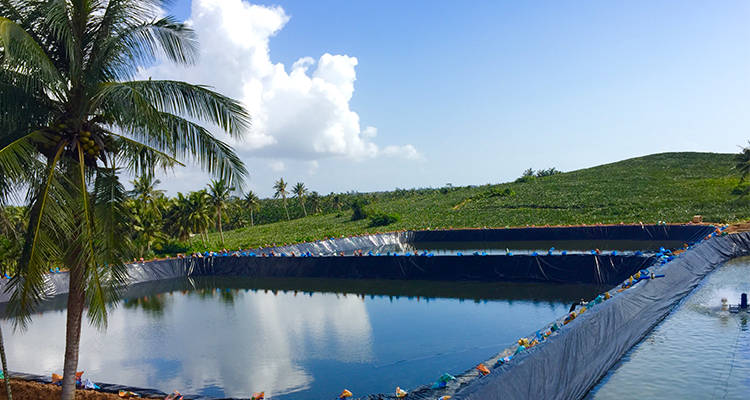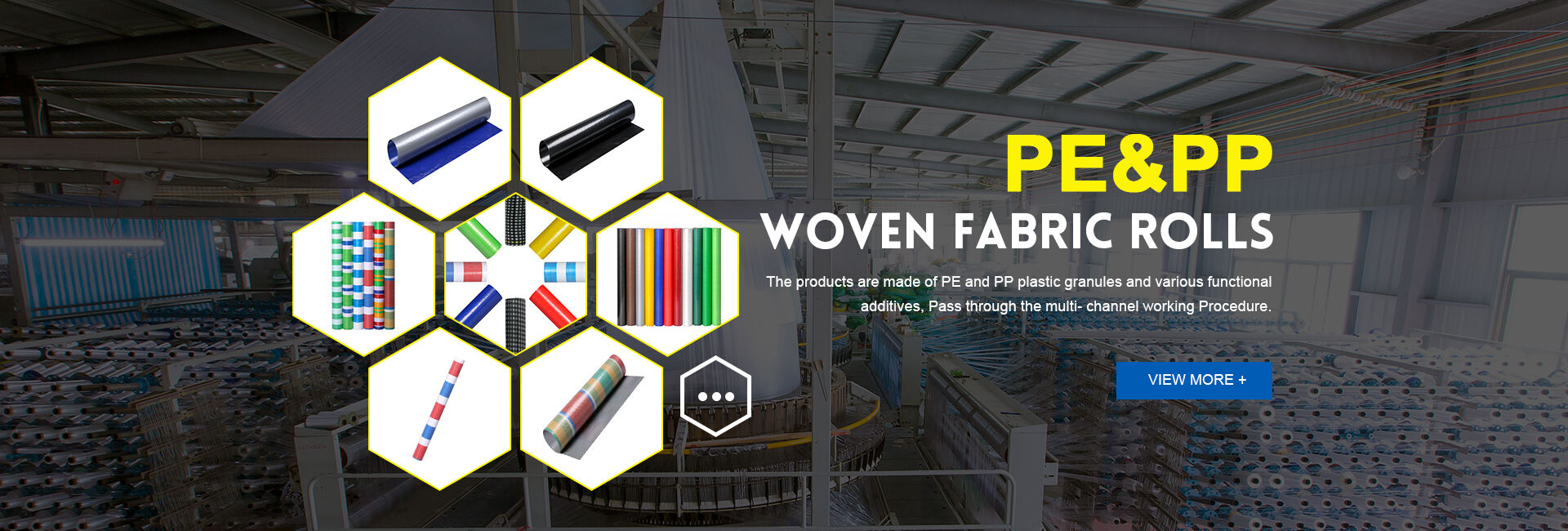Greenhouse Film Basics
It is generally acknowledged and understood that in order to maintain a controlled growing environment, the plants must be housed inside of an enclosed, covered building. The covering solution is the topic of this essay.
There are numerous options for each material group, including glass, polycarbonate, and film.

The long life greenhouse film products, in my opinion, are the most economical structure covering. You have more flexible options and a substantially lower initial financial investment. Additionally, there will always be more alternatives accessible in film than with other coverings as technology advances.
A number of U.S., Canadian, and & ldquo; off shore & rdquo; film producers create, stockpile, and quickly offer a variety of film products. The maker of greenhouses and local and national distributors are where the farmer can obtain these products (OEMs).
Most long-life films are produced in a range of sizes (from 6 feet wide to 64 feet wide)that will fit any greenhouse structure and are intended to last for roughly four years. The approved standard lengths for the majority of manufacturers are 100, 110, and 150 feet; but, with sufficient lead time, the grower can obtain lengths ranging from 50 to 500 feet.
Some businesses keep master rolls of common film on hand and have a rewinder that allows them to quickly manufacture specific lengths (in 5-foot increments).
I would advise covering the homes in two layers of plastic (either two sheets or one tube) coated with long-lasting film. Even if there are a few months when no plants are producing, the house needs to be covered all year round.
Attention: Even if the house is unoccupied during the summer, you still need to keep it ventilated. This will aid in preventing the poly covering & rsquo;s early thermal deterioration. Additionally, the grower should cover certain areas with thick white tape or paint them white to prevent the film from coming into contact with a hot pipe.
Some growers have made it a habit to use two different films on the same house (for cost savings). Typically, they have a layer of long life clear film (as the top sheet) and an IR/ AC layer (as the bottom layer). Every manufacturer includes a condensation control feature (AC), and some perform better than others. Individual growing practices influence the performance and outcomes of that feature.
Because of its features and benefits, the IR/AC (thermal) film is the best choice for the inside layer. This film provides excellent light transmission, saves up to 20% of your energy, provides up to 60% diffusion, and controls condensation.
Light transmission. Most standard clear films contain about 90% PAR light (photosynthetically active radiation), while IR (thermal) films contain about 87 percent PAR. It should be noted that this transmission is based on a single layer of film. As a result, if you have one layer of clear and one layer of IR, you will achieve 87 of 90 percent = 78.3 percent.
Energy savings. IR (thermal) films were introduced in the United States in 1983 to save energy when it was expensive (for that time period). By trapping radiant heat, this film can reduce power bills (gas or otherwise) by about 20%. As an example, suppose you take your car out on a cold, clear day and park it. The inside of your vehicle is warm when you return. The light enters through the glass and heats up the seats and most of the interior. The glass then slows the loss of radiant heat. When you cover your house with an IR film, it does the same thing: it slows the loss of radiant heat through the poly. Because the house is ventilated, it will not make it hotter in the summer.
Diffusion of light Although the film was installed to save energy, the grower discovered that the light diffusion was even more beneficial due to increased plant production. Because of the light diffusion, an IR film-covered house has virtually no shadows. If there are hanging baskets and plants on the bench below, they will receive the same amount of light. Furthermore, when transitioning from a cloudy to a clearly day, the IR/AC (thermal) film aids in the acceleration of transpiration.
Controlling condensation. Most manufacturers refer to this film feature as AC (anti-condensate). When a hot and cold surface collide, condensation cannot be avoided. The best you can do is try to control the condensation.
If the grower is using two different types of poly, always use the one with the most features and benefits as the bottom layer to be & ldquo; closest to the plants.”
There are currently commercial films available that provide a variety of benefits, including shade, selective light transmission, resistance to sulfur degradation, cooling of the greenhouse, and even disease prevention. For more information and product availability, please contact your local distributor.
Lumite will introduce a product that is a single sheet of film with two products extruded together (one is the long life clear and the other is the IR/AC) in the fourth quarter of 2015. When the sheet is installed and inflated, it separates into two distinct products. The grower will have installed a sheet that serves as both the top (clear) and bottom (IR/ AC) layers. This saves labor because you are essentially installing a tube rather than two sheets. Furthermore, the AC feature (of this film) employs completely different technology, allowing the feature to operate for the duration of the film.

